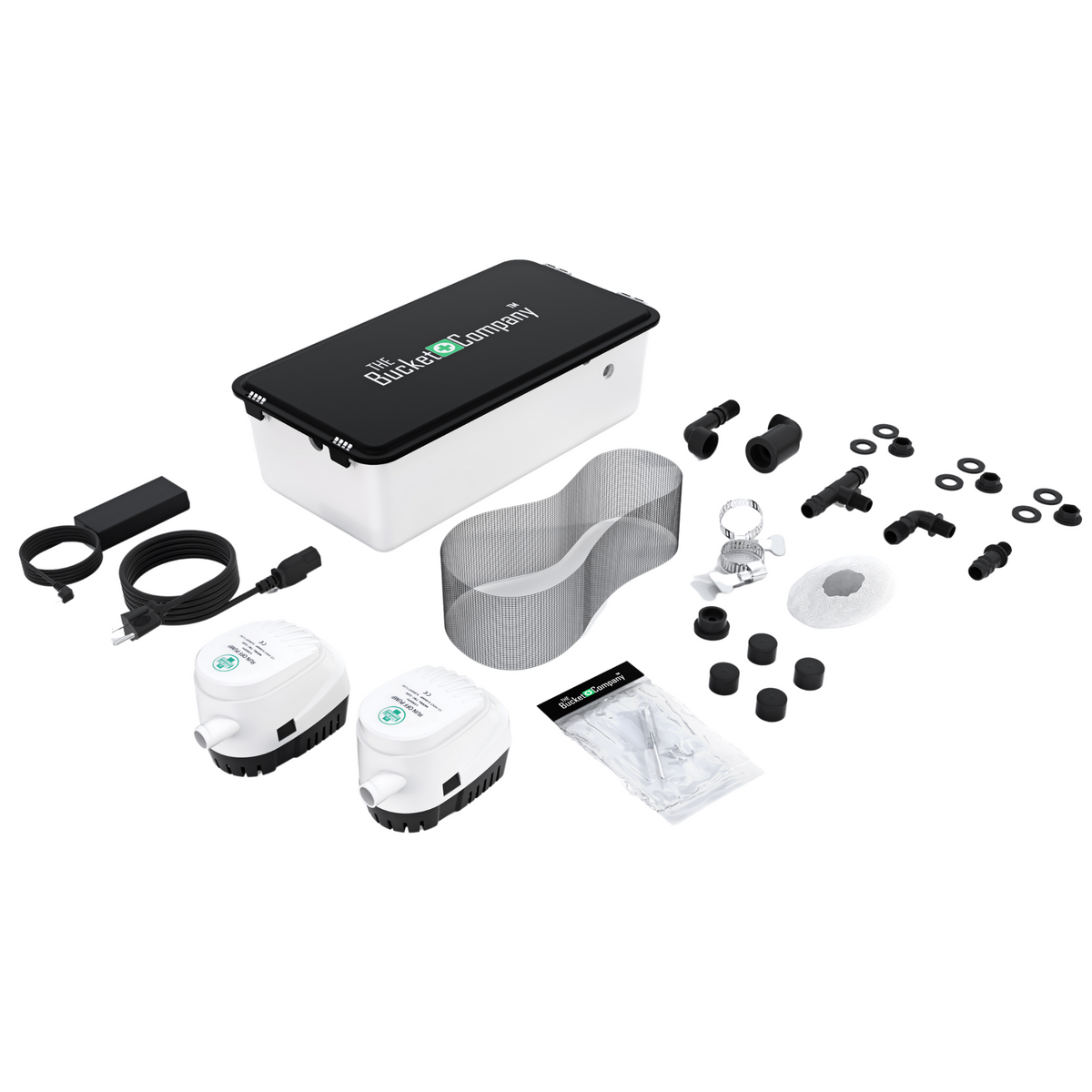Old Person
Active Member
Could EC affect my automatic bilge pump? I have a recirculating system that uses a collection basin to house a Rule 1100gpm automatic bilge pump which returns nutrient back to the res. My problem happens usually at flush, when I run straight RO. I’m not the worlds smartest man, but I believe that somehow the EC is causing my sensor to not energize the pump, leading to the small collection box to overflow. Certainly someone else has had this problem…….I’m going to test the pump in two small containers, one with nutrient solution with an EC of 2.0 and the other container with straight RO.





